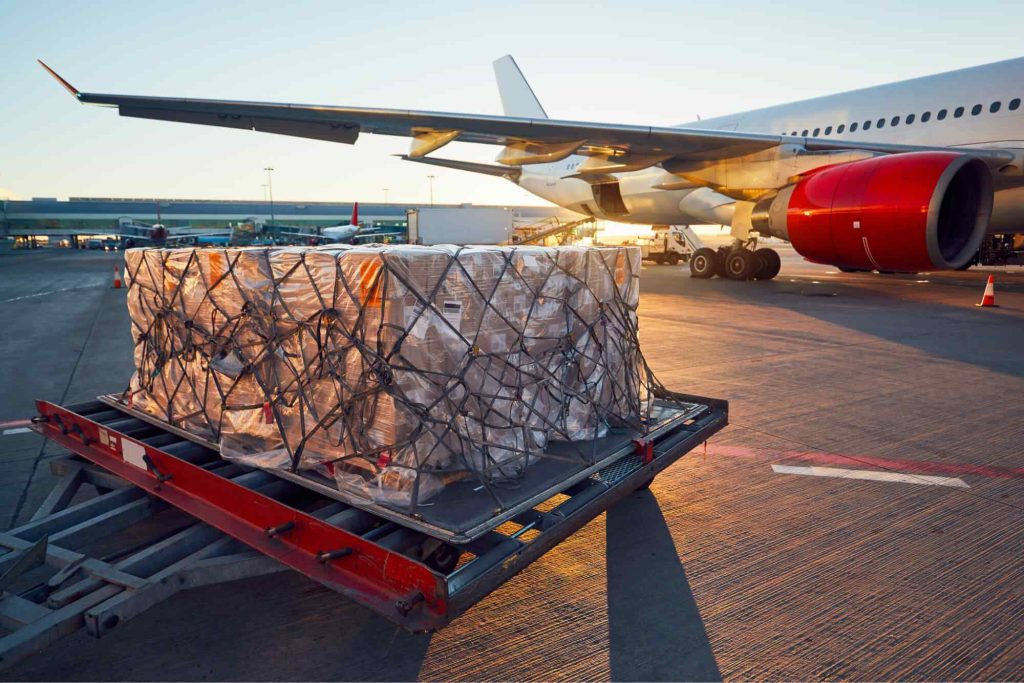A Double Row Thrust Ball Bearing is designed to accommodate axial loads in both directions. Unlike single-row thrust bearings, which only handle axial loads in one direction, these bearings provide more load-bearing capacity, ensuring better performance for applications where high axial loads are common.
1. Description
A Double Row Thrust Ball Bearing is designed to accommodate axial loads in both directions. Unlike single-row thrust bearings, which only handle axial loads in one direction, these bearings provide more load-bearing capacity, ensuring better performance for applications where high axial loads are common. Typically, they are used in heavy-duty machinery, automotive applications, and industrial equipment where the load is applied along the axis of rotation.
2. Specification
Parameter | Details |
Outer Diameter | 20mm – 200mm |
Inner Diameter | 10mm – 180mm |
Width | 5mm – 30mm |
Load Capacity | Axial Load: 1,000 N to 50,000 N |
Speed Limit | 2,000 RPM to 5,000 RPM |
Precision Class | ABEC 1, ABEC 3, ABEC 5 |
Clearance | C0, C2, C3 |
Material Options | Chrome Steel, Stainless Steel, Brass |
Lubrication Type | Grease, Oil |
Sealing Options | Open, Shielded, Sealed |
3. Working
The Double Row Thrust Ball Bearing consists of two rows of balls separated by a cage. It works by supporting axial loads through the rolling balls, which rotate between the raceways of the inner and outer rings. The balls roll with minimal friction, allowing smooth rotation while effectively handling heavy axial loads in both directions.
4. Principle
The working principle of a Double Row Thrust Ball Bearing is based on the radial movement of steel balls between the inner and outer raceways. When axial load is applied, the bearing uses these balls to transmit force from the shaft to the housing, which helps in reducing friction and supporting the axial load. Due to two rows of balls, it provides double the load-bearing capacity compared to single-row bearings.
5. Assembly
6. Installation Process
7. Technical Specification
Specification | Details |
Bearing Type | Double Row Thrust Ball Bearing |
Material | Chrome Steel, Stainless Steel, Brass |
Load Capacity | Axial load handling (up to 50,000 N) |
Speed Rating | 2,000 RPM to 5,000 RPM |
Temperature Range | -40°C to +120°C |
Lubrication | Grease or Oil, with a 2,000-hour lifespan |
Sealing | Open, Shielded, Sealed |
Clearance | C0, C2, C3 |
Bearing Precision | ABEC 1, ABEC 3, ABEC 5 |
8. Troubleshooting
9. HS Codes
10. FAQs
Q1: What is the difference between a single-row and double-row thrust ball bearing?
A1: A double-row thrust ball bearing can support axial loads in both directions, whereas a single-row thrust ball bearing supports axial loads in only one direction.
Q2: Can double-row thrust ball bearings handle radial loads?
A2: No, these bearings are designed only to handle axial loads. For radial loads, a different type of bearing is required.
Q3: What is the maximum speed of a double-row thrust ball bearing?
A3: The maximum speed varies by design, but typically ranges from 2,000 RPM to 5,000 RPM.
Q4: What industries use double-row thrust ball bearings?
A4: Automotive, industrial machinery, marine, construction equipment, and heavy-duty applications.
11. Applications
Locus International Export – Delivering precision-engineered solutions worldwide. Trusted for quality, reliability, and seamless global trade.
Lorem ipsum dolor sit amet, consectetur adipiscing elit. Ut elit tellus, luctus nec ullamcorper mattis, pulvinar dapibus leo.





